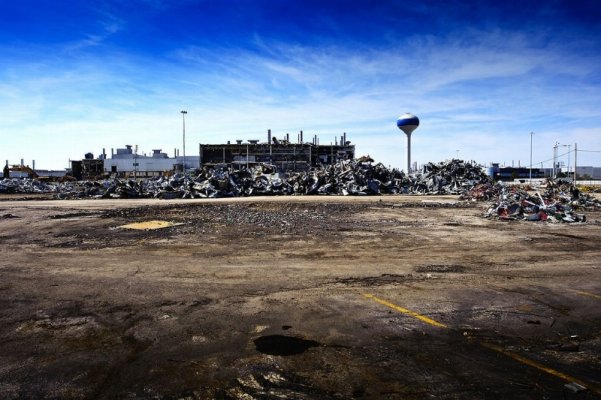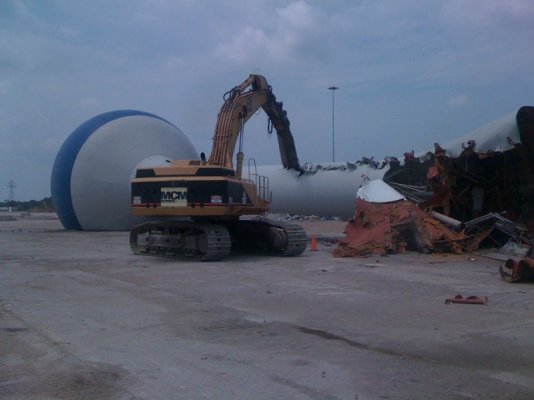It is hard to see those factories go down. I worked in the automotive industry here in St. Thomas, Ontario 1968-2012. This area had many automotive related factories, with the largest being Ford, Talbotville, where they built Falcons, Pintos, Mavericks, and ended up assembling Ford Crown Vic's, Mercury Marquis, and Lincoln Town Cars. A lot of Crown Vic police cars were produced there. I never worked there, but a lot of my friends did. That factory paid the best wages in the area, and set the standard of pay for the lower tier automotive plants in St. Thomas. This factory was pushed down and a huge Amazon warehouse sits there now. Employs a fraction of the people that used to be on the site.
I used to work at Canadian Timken in St. Thomas, a factory that produced tapered roller bearings. Timken bearings can be found in our old Mopars as front wheel bearings, rear axle bearings, differential pinion and side bearings. This factory even owned a 9 hole golf course next to it where employees played for reduced rates. The golf course went first, replaced with a shopping plaza containing a Wal-Mart and a large grocery store. Where the factory sat are more plazas and fast food stores. When I retired from my third automotive plant career at GKN (formerly Clevite), I advised my fellow employees to come up with an exit strategy, because my prior two employers did not last long after I left. They laughed, but that factory closed last year.





